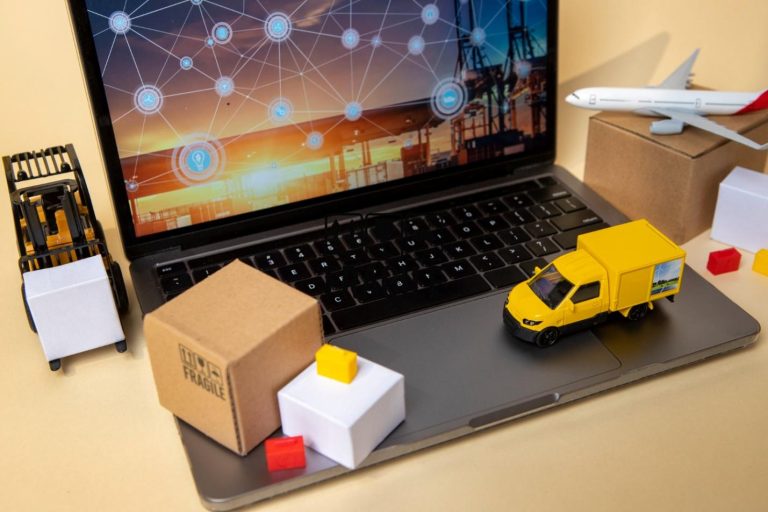Cookieless Future: What, Why and When?
The cookieless future is closer than ever, with the this-party cookies being phased out of Chrome in 2024. Understanding this paradigm shift is crucial for staying ahead in the game, especially if you are a marketer. But don’t worry – in this article, we’ll go through everything you need to know about the future that is about to come!
What is the Cookieless Future?
Traditionally, third-party cookies have been the backbone of online tracking and targeted advertising. However, with increasing concerns about privacy and the rise of regulations like GDPR and CCPA, the reliance on cookies is becoming unsustainable. The cookieless future refers to a scenario where cookies, those small pieces of data stored in users’ browsers, are no longer the primary tool for tracking online activities.
Why is the Cookieless Future Inevitable?
The growing emphasis on user privacy and data protection drives the shift towards a cookieless future. Consumers are more aware of their online footprint, and regulators are enforcing stringent measures to safeguard their rights.
Many browsers, like Firefox, stopped supporting third-party cookies years ago, but it didn’t matter until recently when Google announced their phase out from Chrome. With their browser having over 50% of the market share, it became clear that a cookieless future is coming at a rapid pace.
Cookieless Future: Implications for Marketers and Businesses
What does this cookieless future mean for you as a business owner or a marketer? We’ve prepared a short cheat sheet explaining all the implications.
Enhanced Privacy Compliance
In the cookieless future, businesses need to prioritize privacy compliance. This involves obtaining explicit consent from users for data collection and ensuring transparent privacy policies. Building trust with your audience by respecting their privacy will become a competitive advantage.
Emphasis on First-Party Data
With third-party cookies on the decline, the importance of first-party data is on the rise. As a marketer or a business owner, you’ll need to focus on cultivating direct relationships with your audience, encouraging user registrations, and gathering valuable insights through interactions on your platforms.
Innovative Targeting Strategies
In the absence of traditional tracking methods, alternative targeting strategies must be explored. Contextual advertising, which considers the content a user is engaging with, and cohort-based targeting, grouping users with similar interests, are the main options emerging as a viable alternative.
When Will the Cookieless Future Be Fully Realized?
While the transition to a cookieless future is already underway, its complete realization will unfold over the course of this year. Google’s plan to eliminate third-party cookies by the end of 2024 is a significant milestone, but the industry will continue to adapt and innovate beyond this timeframe. Therefore, there is not much time left – you need to start reacting and adapting right now.
The Takeaway
The cookieless future is not a distant concept but a reality that we will soon face. Adapting to this paradigm shift requires a strategic approach that prioritizes user privacy, values first-party data, and explores innovative targeting methods. As a marketer or business owner, staying informed and proactive in navigating these changes will be key to sustained success in the cookieless future. Embrace the evolution, and your online strategies will thrive in the new era of digital marketing.
Stay tuned for more news & updates on Discover Tribune!






